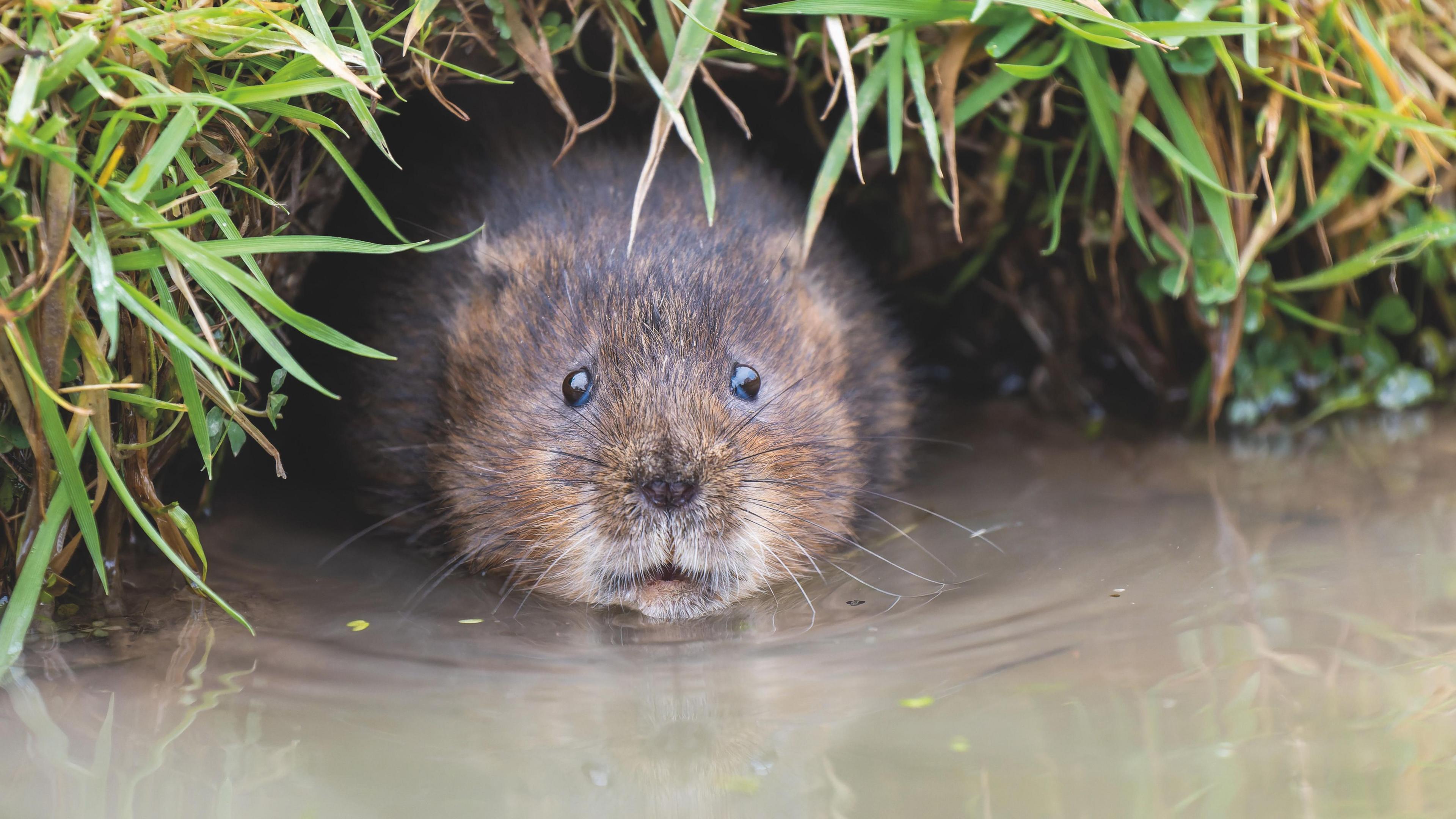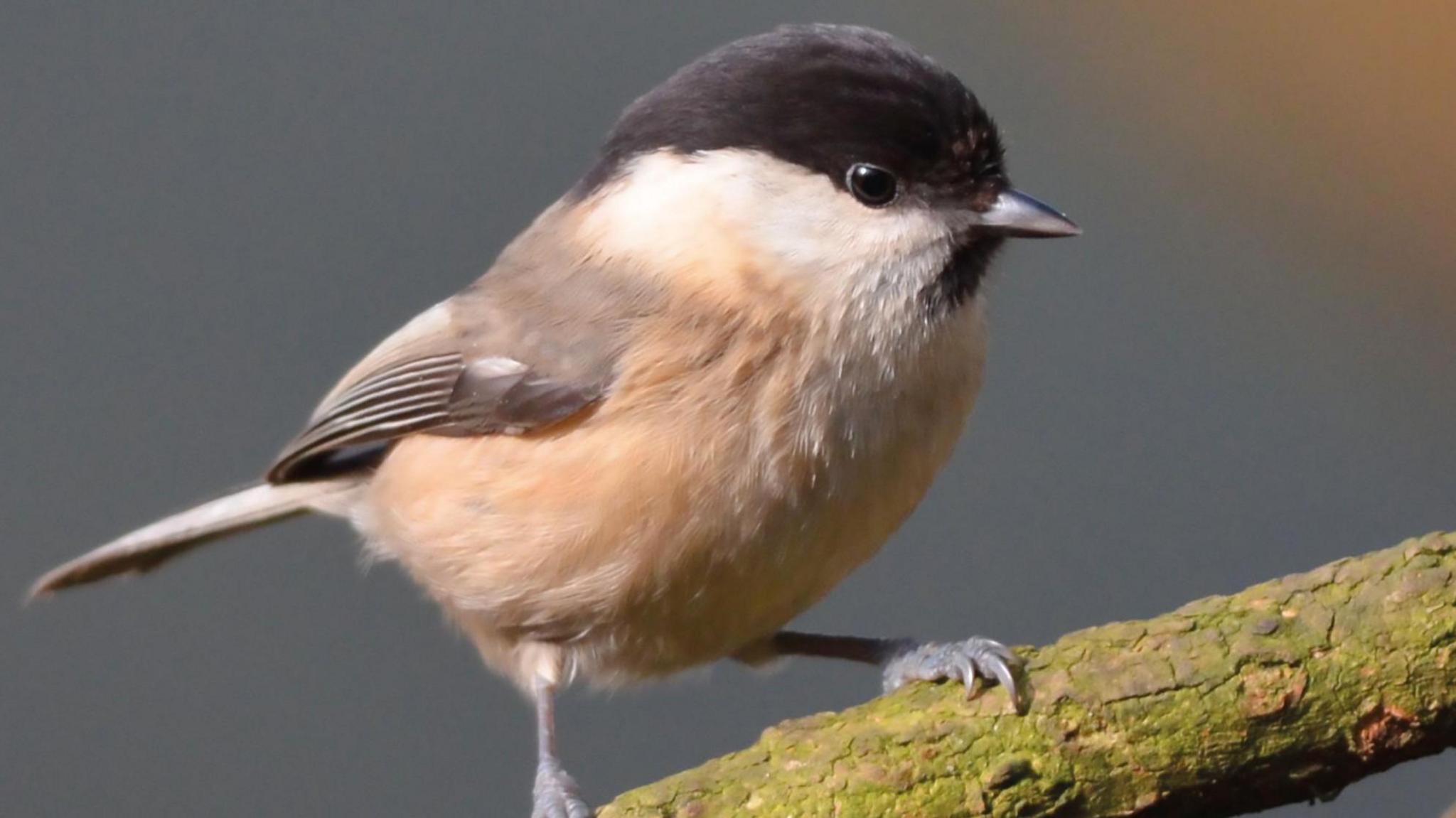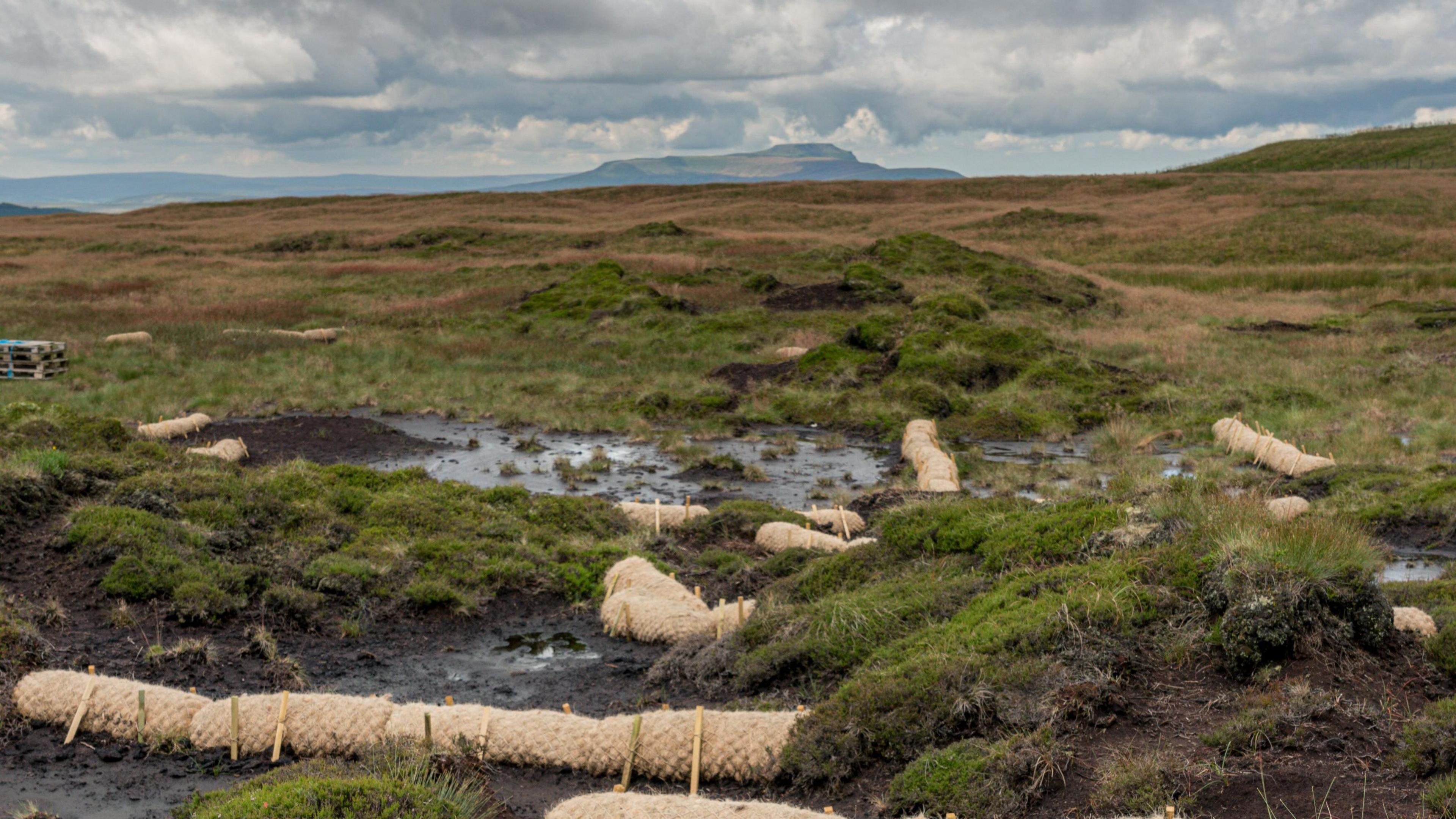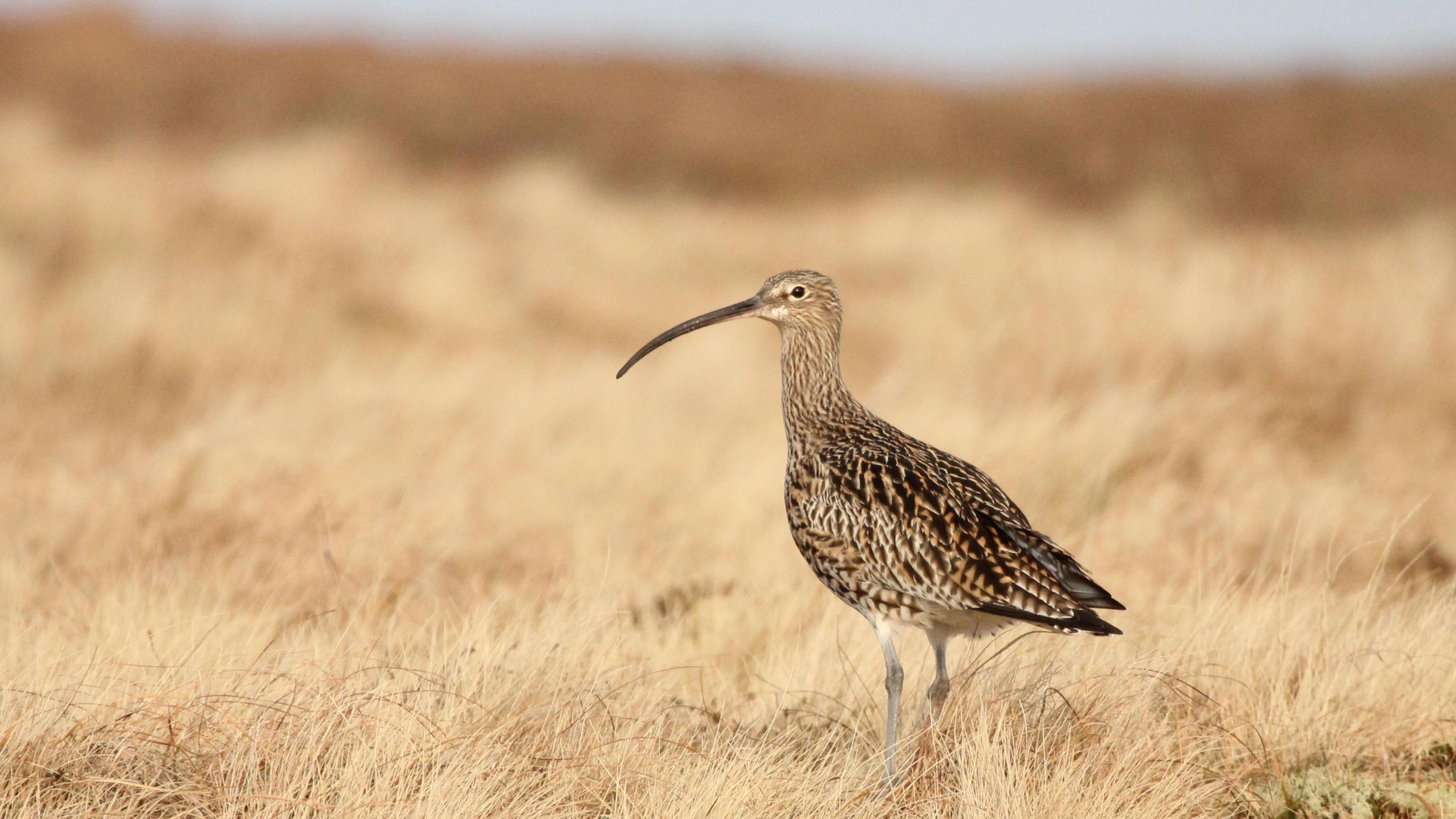Species pushed to 'brink of collapse' - report
The curlew is one of the species that has suffered declining numbers in recent years
- Published
A wildlife charity has warned 3,000 plant and animal species are at risk in Yorkshire, including "beloved favourites" such as swifts and curlews.
Nearly 2,000 species have been lost from the county in the last 200 years, according to a report by Yorkshire Wildlife Trust (YWT).
It is the first time YWT, which seeks to conserve, protect and restore wildlife, has published its concerns in such detail.
The State of Yorkshire's Nature, external report was compiled and analysed from a number of respected sources and environmental organisations, reflecting years of expert monitoring work by specialists and naturalists.

The water vole is one of the mammals declining in number in the county, according to the report
Rachael Bice, YWT's chief executive, said many species were being pushed to the "brink of collapse".
“It would be a true tragedy for everyone who calls Yorkshire home if we lost the haunting call of the curlew, the abundance of gannets and puffins on our coastal cliffs, and the uplifting sight of butterflies dancing across our wildflower meadows," she said.
“We are losing what makes Yorkshire so special, and sleepwalking towards homogenised landscapes where only the most common and adaptable species can survive alongside the demands of human life."

Yorkshire is the only English county which is home to dark bordered beauty moths
The report provides important evidence for Yorkshire as a stronghold for some of the UK’s rarest and threatened creatures and plants, including:
Birds - 35% of British breeding tree sparrows are found in Yorkshire, and 21% of the breeding population of the UK’s most threatened resident bird species - willow tits. Two-thirds of regularly breeding and wintering birds in Britain can be found in Yorkshire.
Moths – Yorkshire is the only English county which is home to dark bordered beauty moths. The county also supports over two-thirds of all British butterfly and moth species.
Plants – Yorkshire is the only place in the country where Yorkshire sandwort, thistle broomrape and lady’s slipper orchids are found. Nearly 1,000 species of native flowering plant and fern species are currently known in Yorkshire.

Yorkshire is home to "nationally important" populations of endangered species, including willow tits
Ms Bice said the report should act as a "rallying cry" to take action for nature.
She added: “It is vital that we recognise what makes Yorkshire’s wildlife distinctive, nationally important, and demand the action which will ensure our natural systems and species can flourish alongside us into the future."
Analysis by Paul Murphy, environment correspondent

Peat restoration work using special matting to improve habitat on a Yorkshire moorland
This is first time Yorkshire Wildlife Trust has carried out such a vast audit of the birds, mammals, insects and plants that call the county 'home'.
Across 32 pages, the report is a fascinating read and shows how significant the county is to the wider UK ecosystem.
Two-thirds of all the UK's creatures and plants are found in Yorkshire – between 40,000 and 50,000 species – including 140 birds, mammals, moths and plants.
But this report also offers some sobering content, charting the impacts of climate change and habitat loss on the region.
The timing of its publication is no coincidence. With just weeks before voters go to the polls, the trust is trying to push the conservation message higher up the political agenda.
How we use our land, how we farm it, where we build and what we build are just some of the policy issues the trust will be highlighting to the next government.
Conservationists believe improving the quality of habitat in Yorkshire's wetlands, coasts and limestone areas could make a big difference to wildlife.
